1920: A Jazz Age Union Begins
As the Roaring Twenties took off with champagne, jazz, and glittering rebellion, one wedding set the tone for the era’s romantic spirit. On April 3, 1920, literary legend F. Scott Fitzgerald tied the knot with the dazzling Zelda Sayre. Their ceremony was intimate—just eight guests—held at the grand St. Patrick’s Cathedral in New York City. A quiet moment for a couple who would come to define an entire decade of decadence and desire.
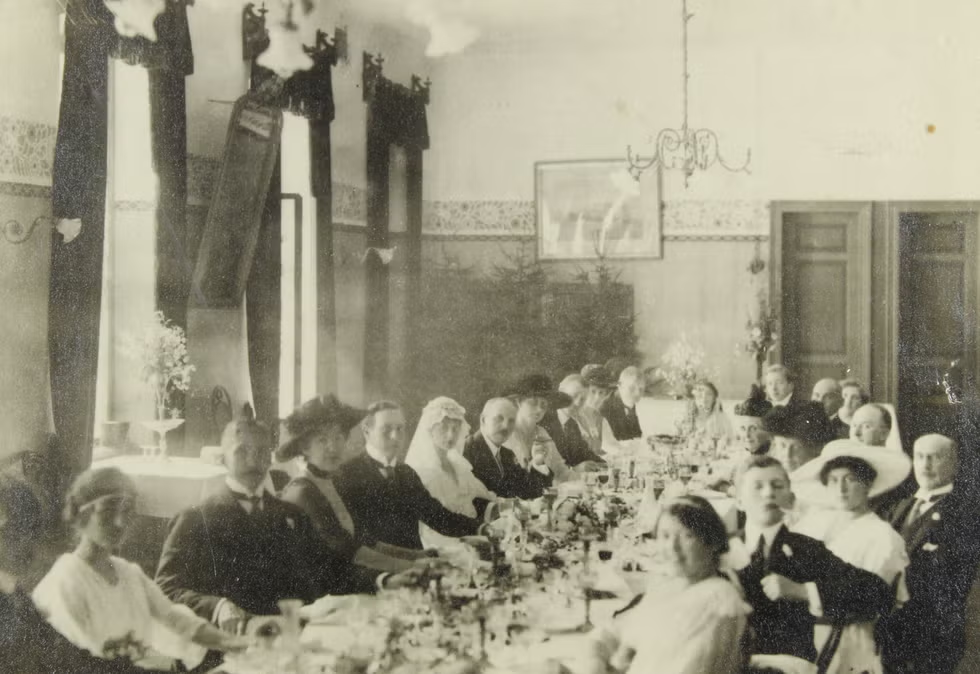
1919: The Birth of the Wedding Planner
In the aftermath of World War I, as peace returned and society leaned toward celebration, weddings began to grow more elaborate. But with no personal assistants or social secretaries on hand, couples found themselves overwhelmed—juggling caterers, florists, seamstresses, and stationers. The solution? A new role quietly emerged: the wedding planner. Born out of necessity, it marked the beginning of a now-essential industry.
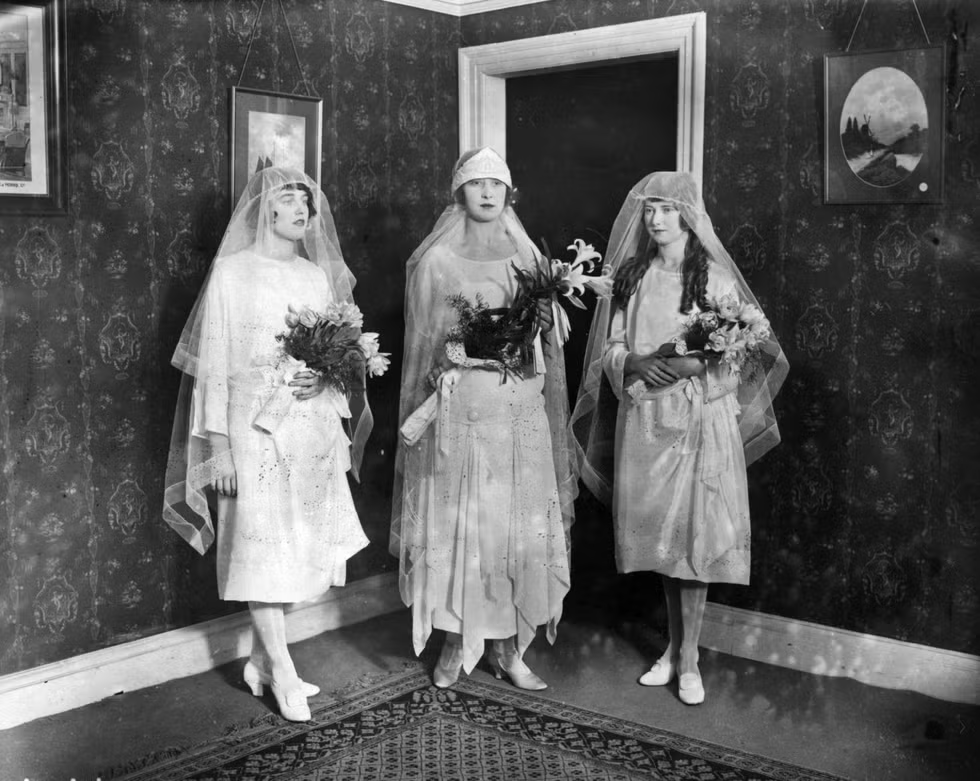
1923: Bridal Fashion Takes a Bold Turn
In 1923, the wedding aisle became a runway for modern flair. Brides began breaking tradition with slim silhouettes, shorter hemlines, and the ever-iconic cloche veils hugging their bobbed hair. Three models that year captured the moment perfectly—showcasing the daring elegance that defined the Roaring Twenties bridal style.
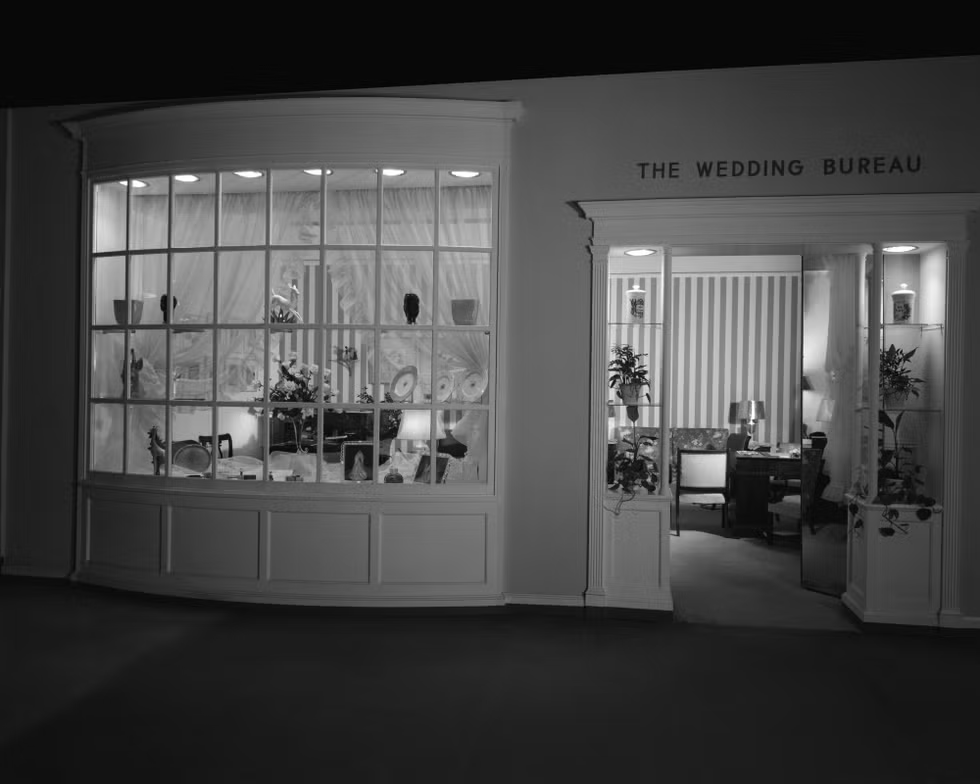
1925: The Business of “I Do” Begins
By 1925, the Jazz Age wasn’t just influencing fashion and music—it was transforming the wedding industry. Vendors quickly recognized the goldmine in catering to brides, and for the first time, department stores launched dedicated bridal sections. These new spaces offered everything from white gowns to lace gloves, turning wedding prep into a one-stop shopping experience—and forever changing how brides planned their big day.
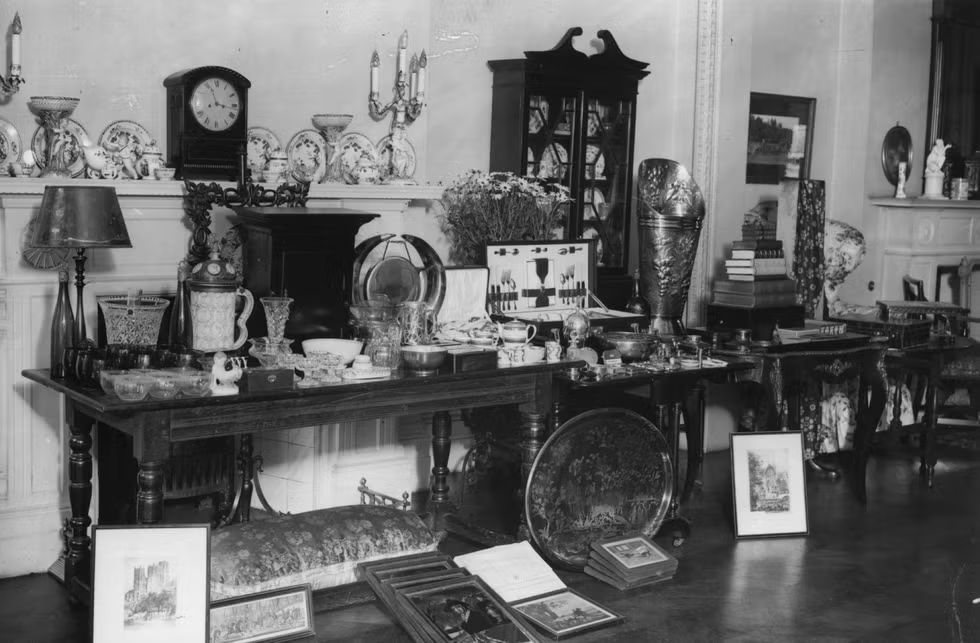
1927: The Rise of the Wedding Registry
A few years after Marshall Field’s introduced the first wedding registry in 1924, the idea quickly gained momentum. By 1927, department stores across the country embraced the trend, offering couples a refined way to share their preferred china, silverware, and crystal patterns with guests. In elegant storefront displays, curated wedding gifts took center stage—making etiquette more stylish and gift-giving more precise.

1928: The Dawn of Wedding Photography
In 1928, the patenting of the first fully automatic photographic film developing machine marked a turning point in how weddings would be remembered. While some couples in the late 1800s had already begun posing for formal portraits at their ceremonies, it wasn’t until years later—post-World War II, with the rise of roll film and better lighting—that full-day wedding photography truly came to life. But it was this moment in 1928 that quietly laid the foundation for what would become a cherished tradition: capturing every detail of the big day.
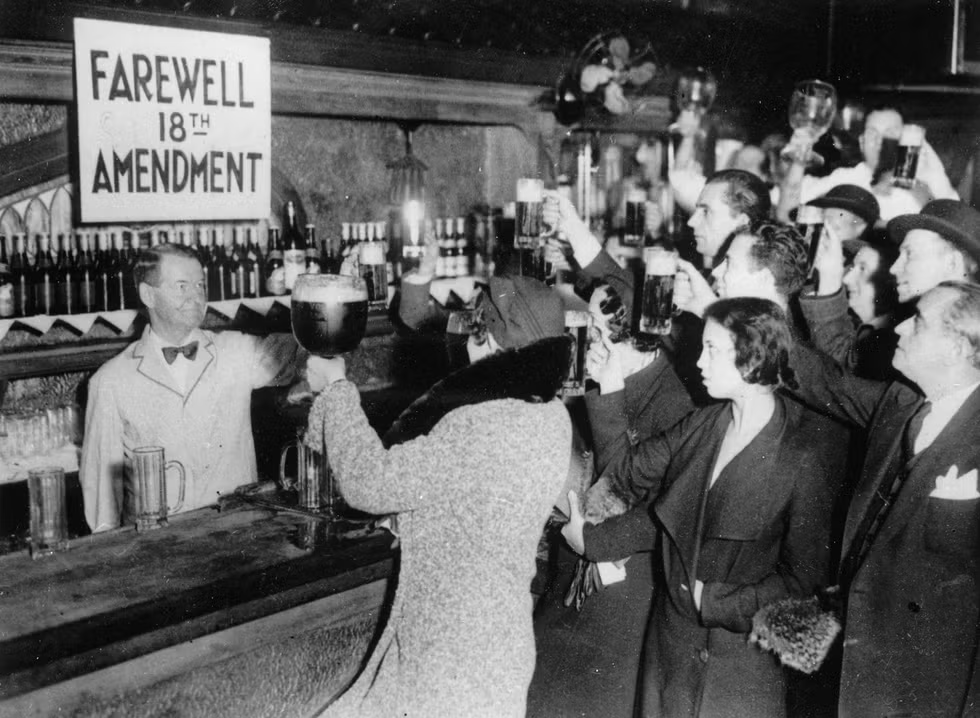
1932: Riding Waves into Marriage
Long before themed weddings became a trend, adventurous couples were already making waves—literally. On December 3, 1932, one daring pair tied the knot with a kiss atop a surfboard just off the coast of Catalina Island, California. A bold and breezy moment, it proved that even during the Great Depression, love found creative ways to make a splash.
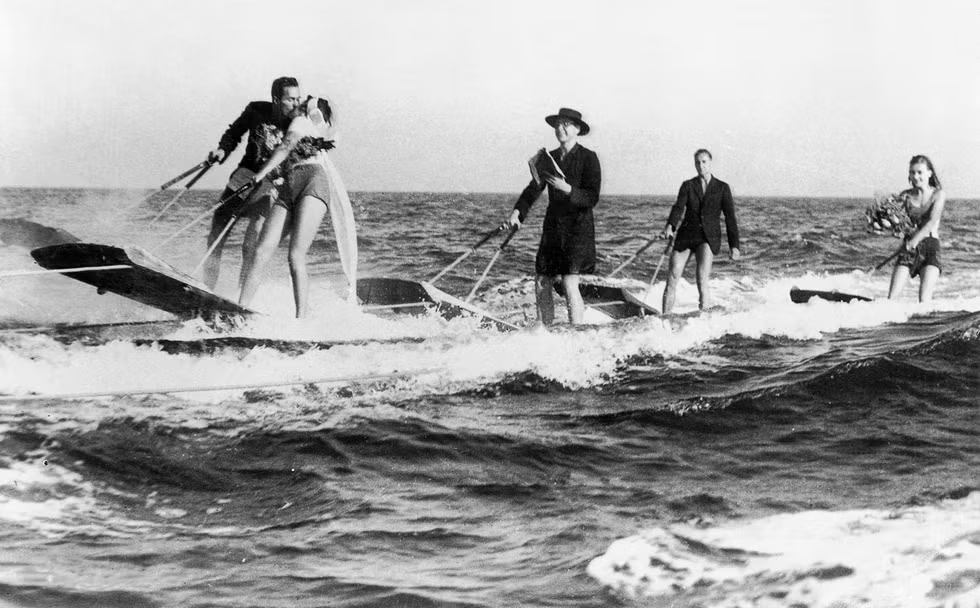
1933: Cheers to the End of Prohibition
December 5, 1933 marked a turning point for weddings—and celebrations everywhere. With the repeal of Prohibition, guests could finally legally raise a glass to toast the happy couple. Champagne flowed, spirits lifted, and the open bar era was officially born. Weddings were no longer just ceremonies—they were full-blown parties.
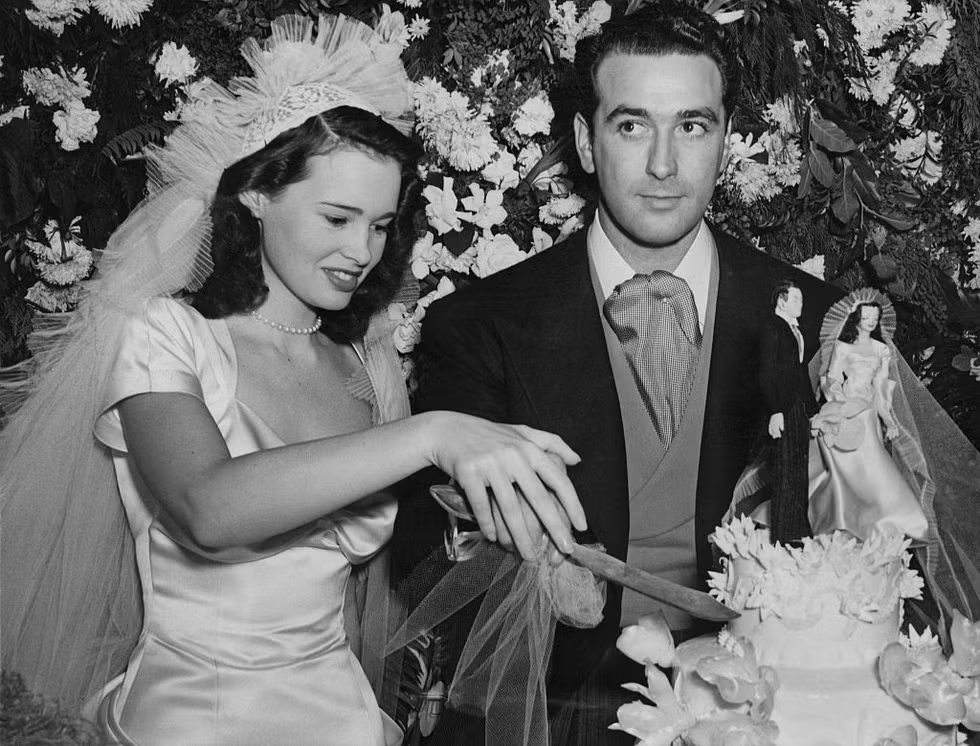
1941: Glamour, Vows & a Glimpse of the Future
On December 28, 1941, heiress and future fashion icon Gloria Vanderbilt married Hollywood producer Pat DiCicco in a stylish Beverly Hills ceremony. Even then, Vanderbilt was setting trends. While cake toppers had existed since the Victorian era, they hadn’t yet become a wedding staple—but true to her forward-thinking flair, Gloria embraced touches that wouldn’t hit mainstream popularity until the 1950s. Her wedding was more than glamorous—it was quietly ahead of its time.
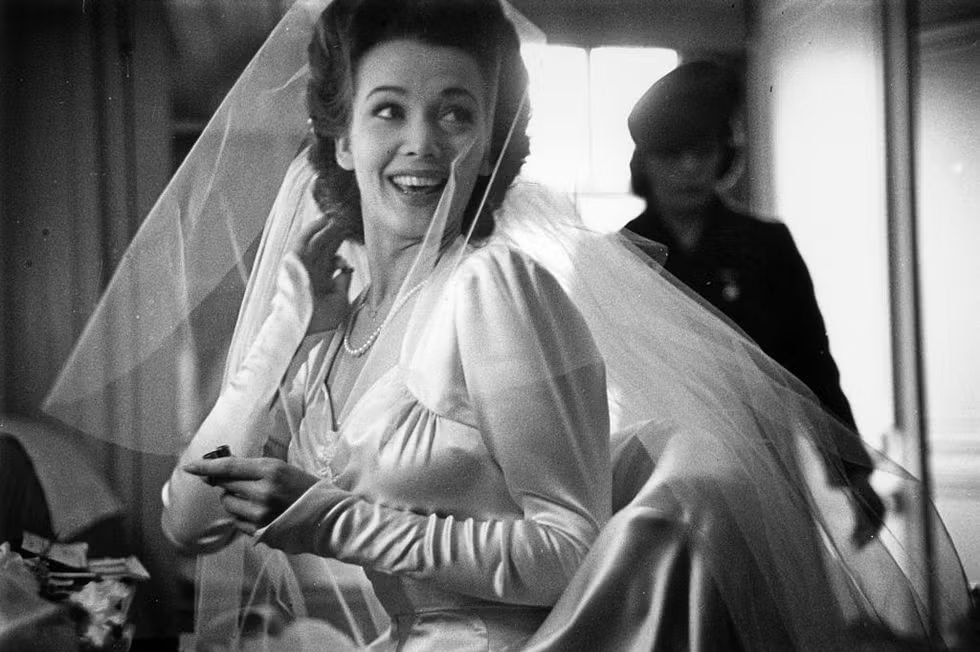
1943: Swing, Stars, and a Wartime Romance
On January 23, 1943, Hollywood actress Carole Landis said “I do” to Air Force Captain Thomas Wallace, bringing a touch of silver-screen glamour to wartime love. At their reception, it’s likely Landis took to the floor dancing the Jitterbug to the sounds of a live big band—a high-energy tradition that defined celebrations of the era. Even in uncertain times, joy found its rhythm on the dance floor.
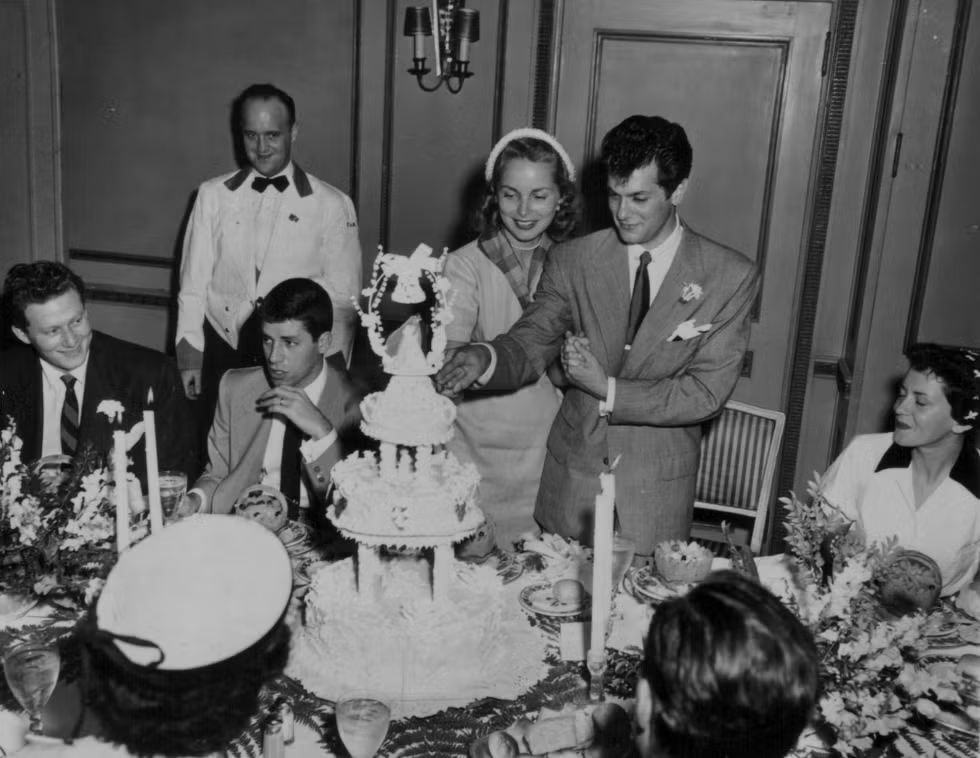
1944: Love in Uniform
During the height of World War II, weddings were often hurried yet heartfelt. In this English town hall ceremony, like so many others that year, the groom wore his military uniform with pride, while the bride opted for her finest dress—a practical and poignant substitute for a traditional gown. In a time marked by sacrifice, these wartime unions were a powerful reminder that love waits for no perfect moment.

1946: Full Circle on a Carousel of Love
In a beautifully symbolic moment of postwar joy, a New Jersey couple said their vows at Palisades Park—on the very carousel where they first met before World War II. As the world began to heal, their wedding was a touching reminder that even in uncertain times, some love stories come full circle, right back to where they began.
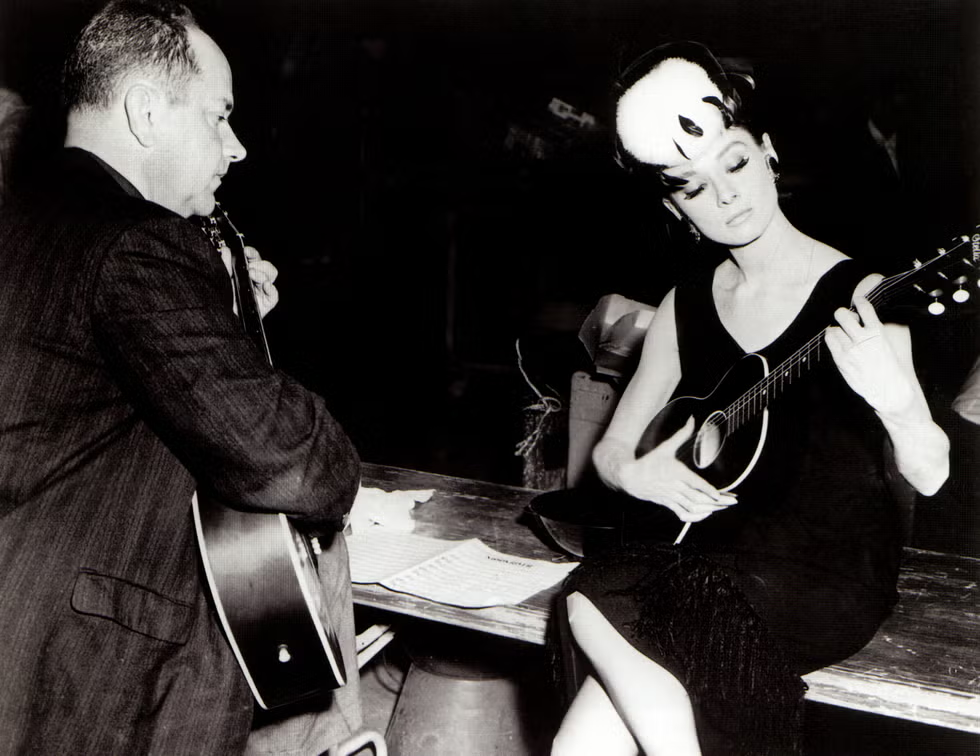
1962: A Song for the Aisle
After Audrey Hepburn‘s unforgettable performance of “Moon River” in Breakfast at Tiffany’s, composer Henry Mancini took home the Grammy for Record of the Year in 1962. The dreamy ballad quickly became a favorite at weddings, with live bands across the country serenading couples during their processionals. Romantic, nostalgic, and cinematic—Moon River set the tone for a generation of timeless “I do” moments.
